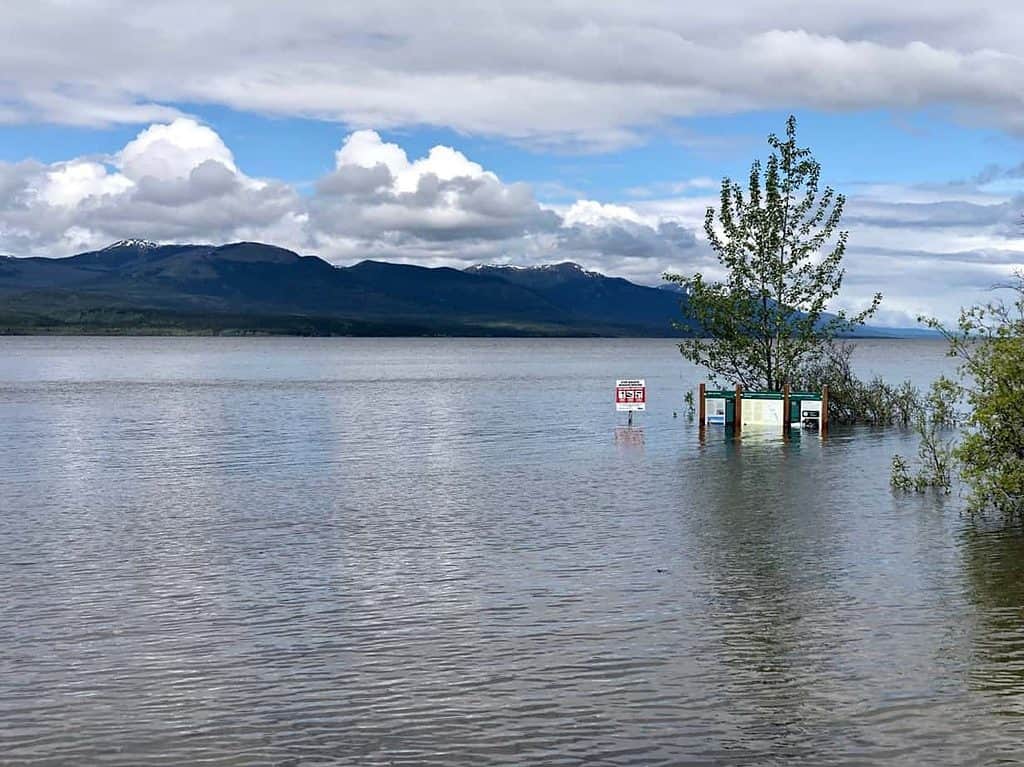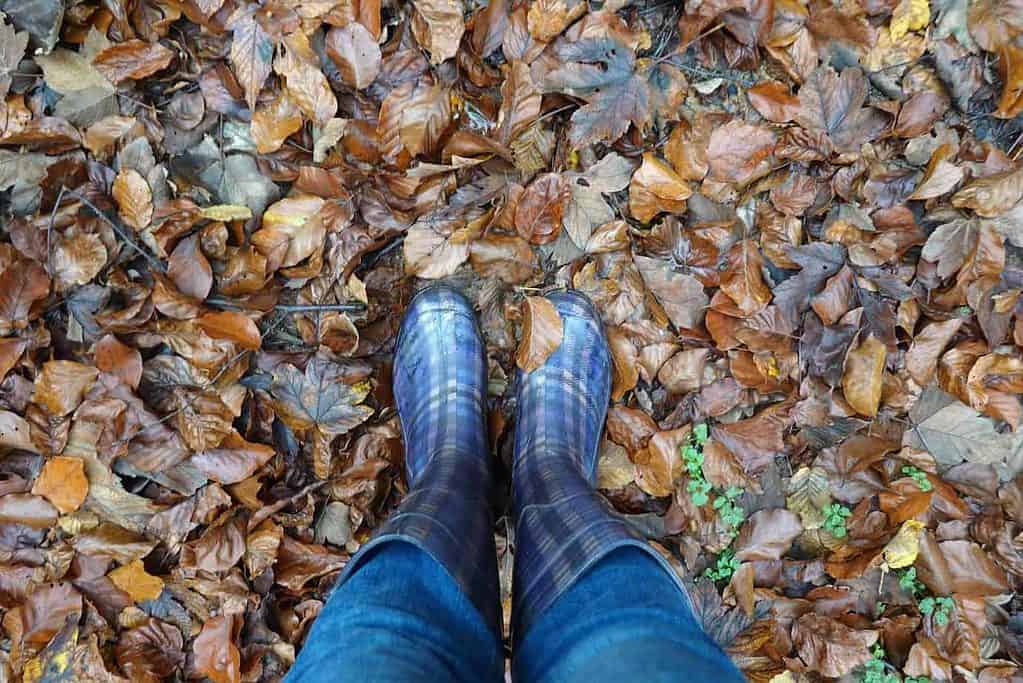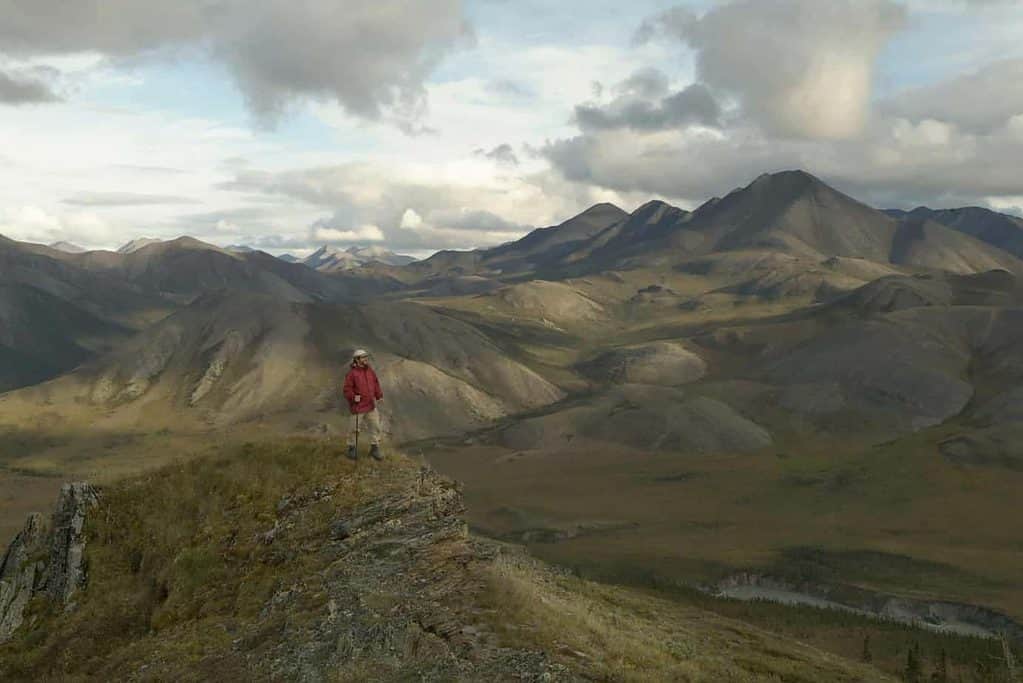The Yukon is indeed a nature lover’s dream. The forests are lined with lush evergreens. There are hundreds of lakes and rivers that are filled with crystal-clear water. There is an abundance of foliage and wildlife to be discovered and admired all across this vast territory. However, like all things in nature, there is also a downside. Floods and forest fires are two weather disasters that put Yukoners at risk every year.
To better help people prepare for these disasters, the Yukon Government hosts an annual event called Emergency Preparedness Week. This year it was held from May 3 to May 7 and featured different discussions regarding floods and forest fires. During the Emergency Preparedness Week, many workshops (through social media) were held on preparing for emergencies, as well as demonstrating and testing the AlertReady system, which can broadcast across TV channels, radio and cellphones.
Forest fires and floods can both cause catastrophic damage. But how you prepare for each one is very different. Let’s start with forest fires. Since we have no idea when a forest fire will happen, being prepared is essential to ensuring safety.
The Yukon Government has hopped on board with a FireSmart program. This program is also in effect for our neighbouring province, British Columbia, and suggests ways in which you can help fireproof your home.
Suggestions include removing any combustible material from under your deck, removing any debris and leaves from your roof gutters and deck space, and keeping wood and propane 10–30 feet away from your home. If you have a large yard, with lots of trees, ensure that they are 10–30 metres away from your house. FireSmart practice suggests you remove branches, up to a height of two metres. It is recommended that you thin and prune evergreens, remove dead branches that fall to the ground and increase tree spacing if your house is on top of a slope. For more detailed information, visit www.Whitehorse.ca and type FireSmart into the Search bar.
Floods are another disaster that can affect Yukoners. Here is a summary of some tips (www.Yukon.ca/floods) that you can use to be better prepared.
If you have important documents, store them in waterproof bags or sealed containers and place them on high shelves. In the winter, try to keep shovelled snow 3–5 feet away from your home’s foundation. If you are able to, raise appliances off the ground by placing cement or wood blocks under it. Install a sump pump.

While it is great to prepare your home for these natural disasters, it is equally important to have an evacuation plan. The Yukon Emergency Measures Organization (YEMO) offers some great ways on how to stay ahead of natural disasters.
The first piece of advice offered is that it is important to know your hazards, build your kit and make a plan. First, make sure you have plenty of water. It is recommended to have 2 litres per person, per day. Make sure you have any medications that you might need. Know where your car keys are. Keep some extra flashlights and batteries on hand. Keep extra phone chargers. Have a meeting place where you and your family can meet, should you get separated. Have a backup plan for a pet shelter. Plan some different routes to leave your home and neighbourhood, if needed. For more information on how to prepare for evacuation, visit www.Yukon.ca and type emergencies and safety into the Search bar.
Hopefully there will not be any forest fires that threaten people’s safety this summer, but if there are, remember to stay calm because now you know what you can do to stay safe.




